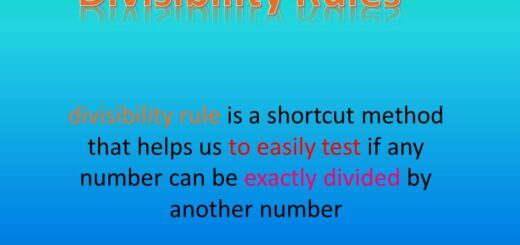Computer Organisation & Architecture
Summary on organisation and architecture of computer
The original purpose of building computers was computing. Without this, most of the computing disciplines today would be a branch of theoretical mathematics.
Summary
Computer Architecture describes what the computer does.
Computer Organization describes how it does it.
A computer system, like any system, consists of an inter-related set of components.

Von Neumann Architecture
A defining point in the history of computing was in 1944–1945. It is the realization that data and instructions to manipulate data were logically the same and could be stored in the same place.
The computer design built upon this principle, which became known as the von Neumann architecture, is still the basis for a computer today.
Another major characteristic of the von Neumann architecture is that the units that process information are separate from the units that store information.
This characteristic leads to the following components of the von Neumann architecture.
- CPU (central processing unit),
- Memory, and
- I/O components,

This novel idea meant that a computer built with this architecture would be much easier to reprogram.
In this model,
- The memory unit holds both data and instructions.
- The contents of this memory are addressable by location, without regard to the type of data contained there.
- Execution occurs in sequential order (unless explicitly modified) from one instruction to the next.
- The arithmetic/logic gate unit performs arithmetic and logic operations on data.
- The input unit moves data from the outside world into the computer.
- The output unit moves results from inside the computer to the outside world.
- The control directs the flow of data between the CPU and the other devices. It tells the computer’s memory, arithmetic and logic unit, and input and output devices how to respond to the instructions that have been sent to the processor.
These components are interconnected in some fashion to achieve the required functions of the computer, which is to execute programs.
A computer’s organization is hierarchical.
Each higher-level component can be further described by dividing it into its subcomponents and describing their structure and function.
For example:
Major components of a computer are:
- Memory
- CPU
- I/O
CPU consists:
- Registers
- ALU
- Control Unit
etc.,
Let’s explore each of them in detail
The definition of a computer outlines its capabilities; a computer is an electronic device that can store, retrieve, and process data. Therefore, all of the instructions that we give to the computer are related to storing, retrieving, and processing data.
Next:




























